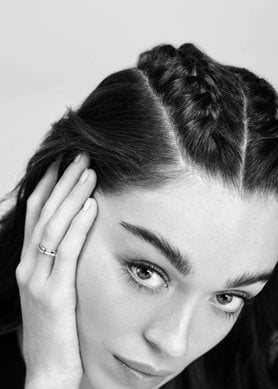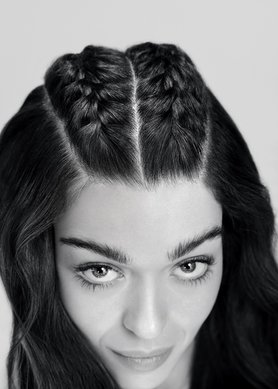True or false: there’s only one type of dandruff
Dandruff falls into two main categories: dry dandruff and greasy dandruff. Greasy dandruff (pityriasis steatoides) results in thick, oily, yellowish scales forming across the scalp, while dry dandruff (pityriasis capitis) are finer and lighter in texture. While dry dandruff falls easily from the scalp, greasy dandruff accumulates on top of the scalp, with flakes gradually piling up on top of one another, causing hair to appear greasy at the roots.



